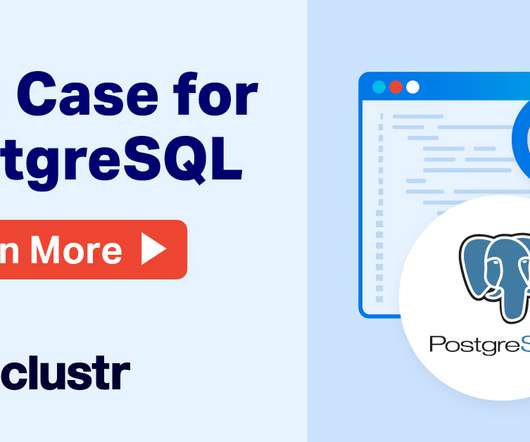Cluster Management in Cassandra: Achieving Scalability and High Availability
Datavail
DECEMBER 26, 2023
Apache Cassandra is a highly scalable and distributed NoSQL database management system designed to handle massive amounts of data across multiple commodity servers. Its decentralized architecture and robust fault-tolerant mechanisms make it an ideal choice for handling large-scale data workloads.















Let's personalize your content